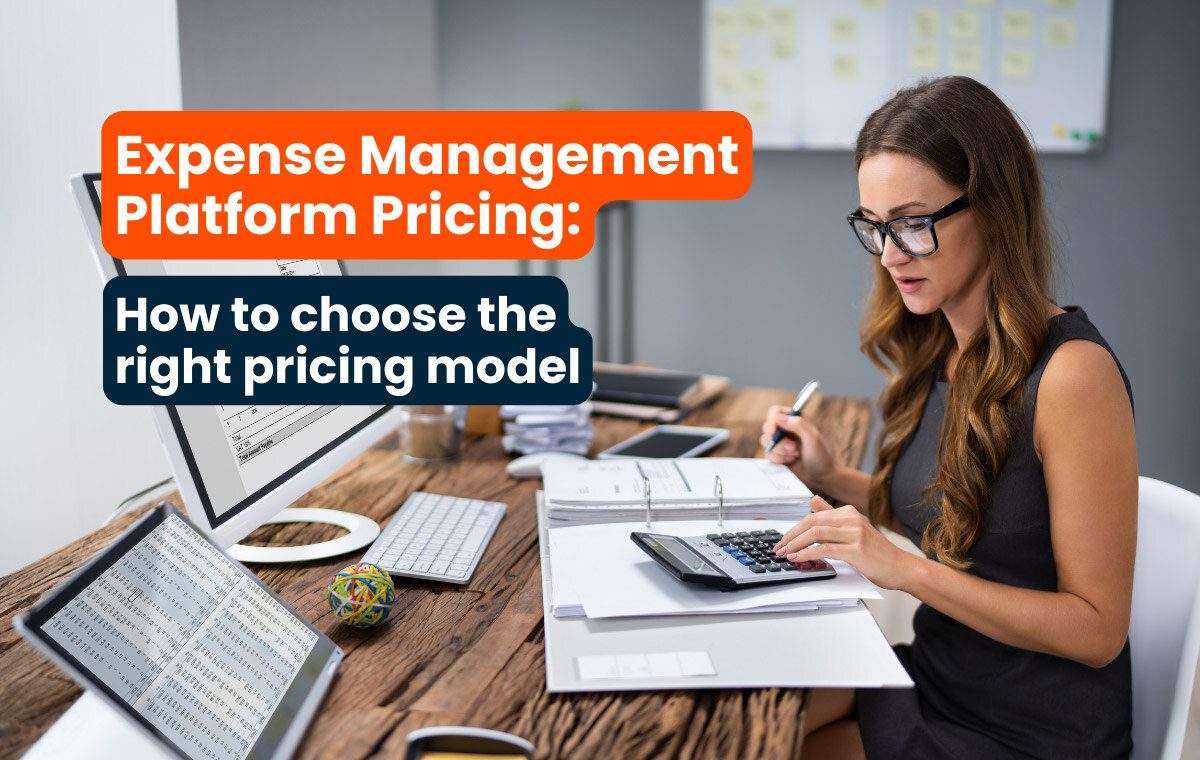Insights
Best practices and tips on spend management, automated expense tracking and corporate debit cards for Australian SMB and enterprise businesses.
Here's the lowdown on the typical pricing strategies used by expense management platform providers, so that you can figure out which one works best for your organisation.





